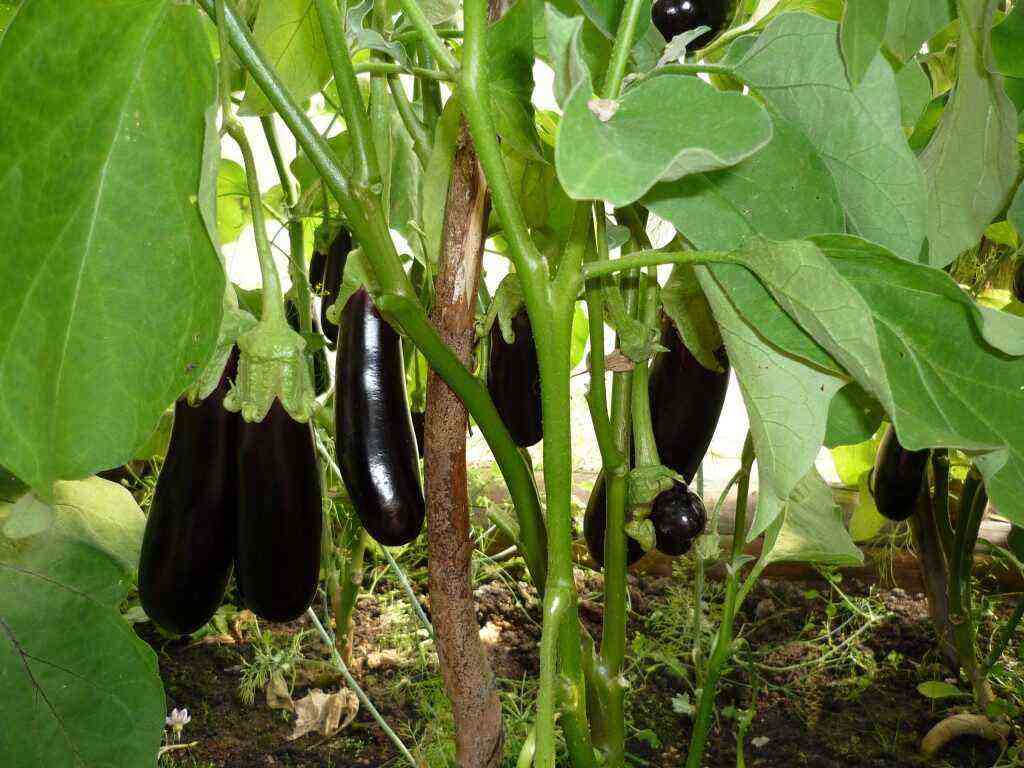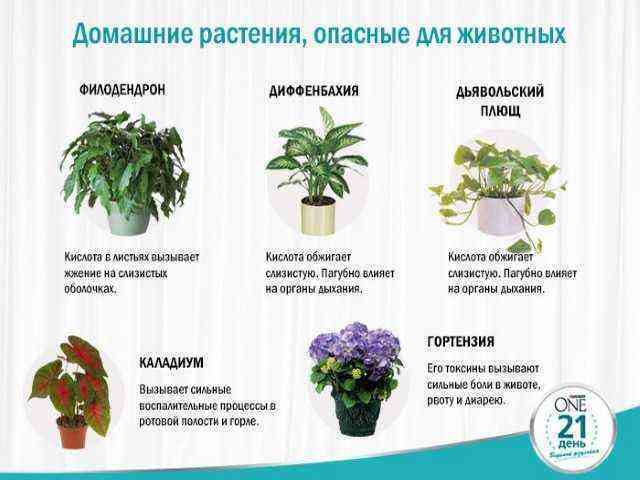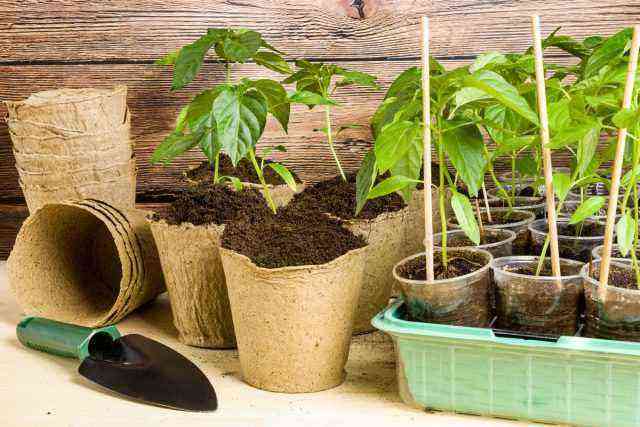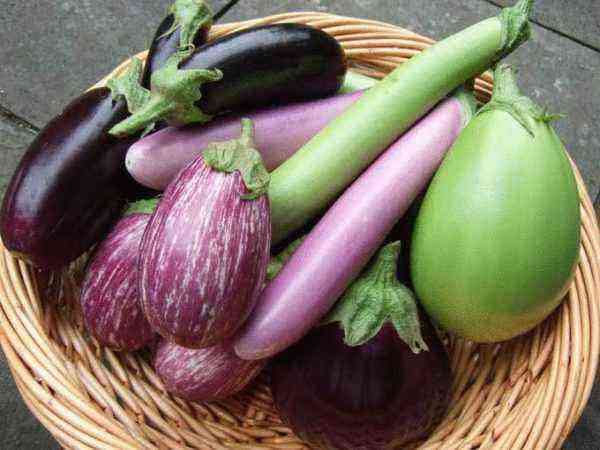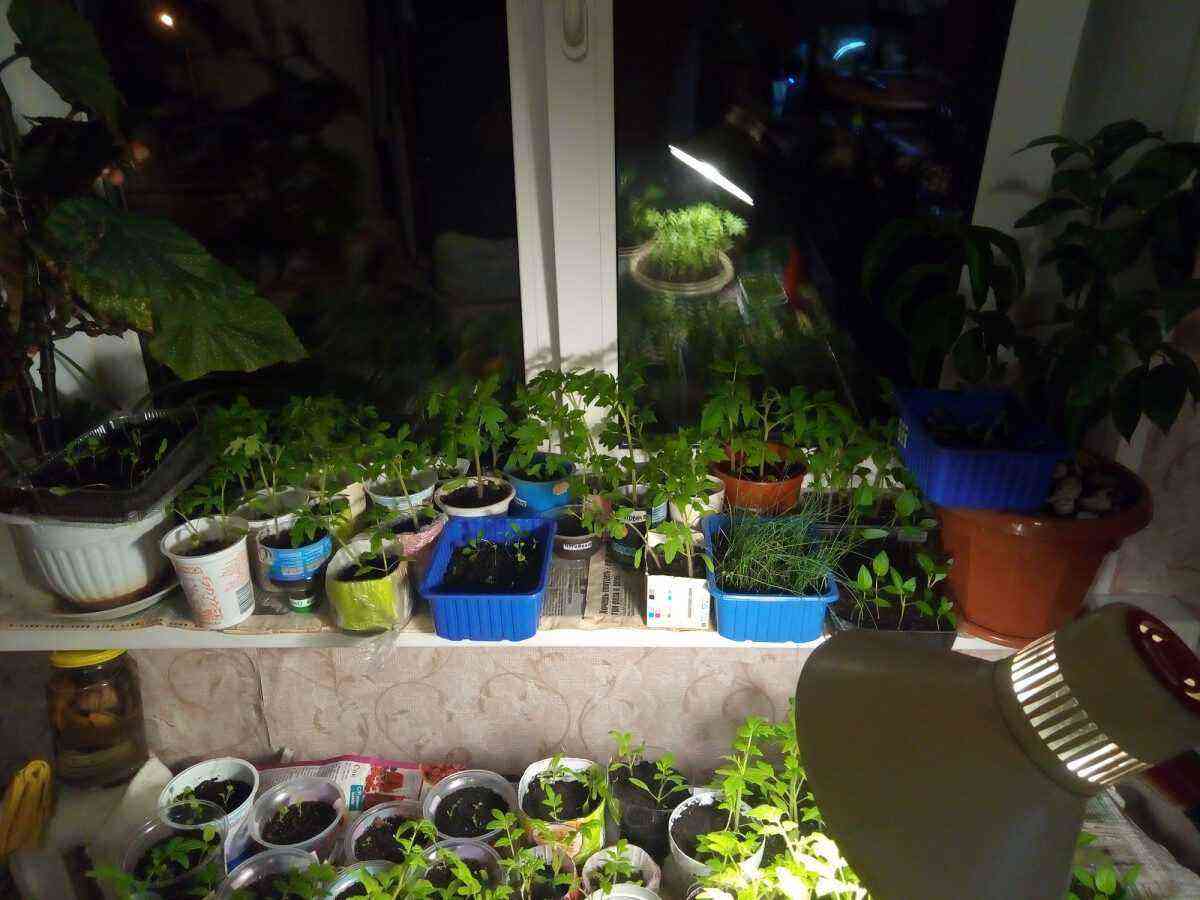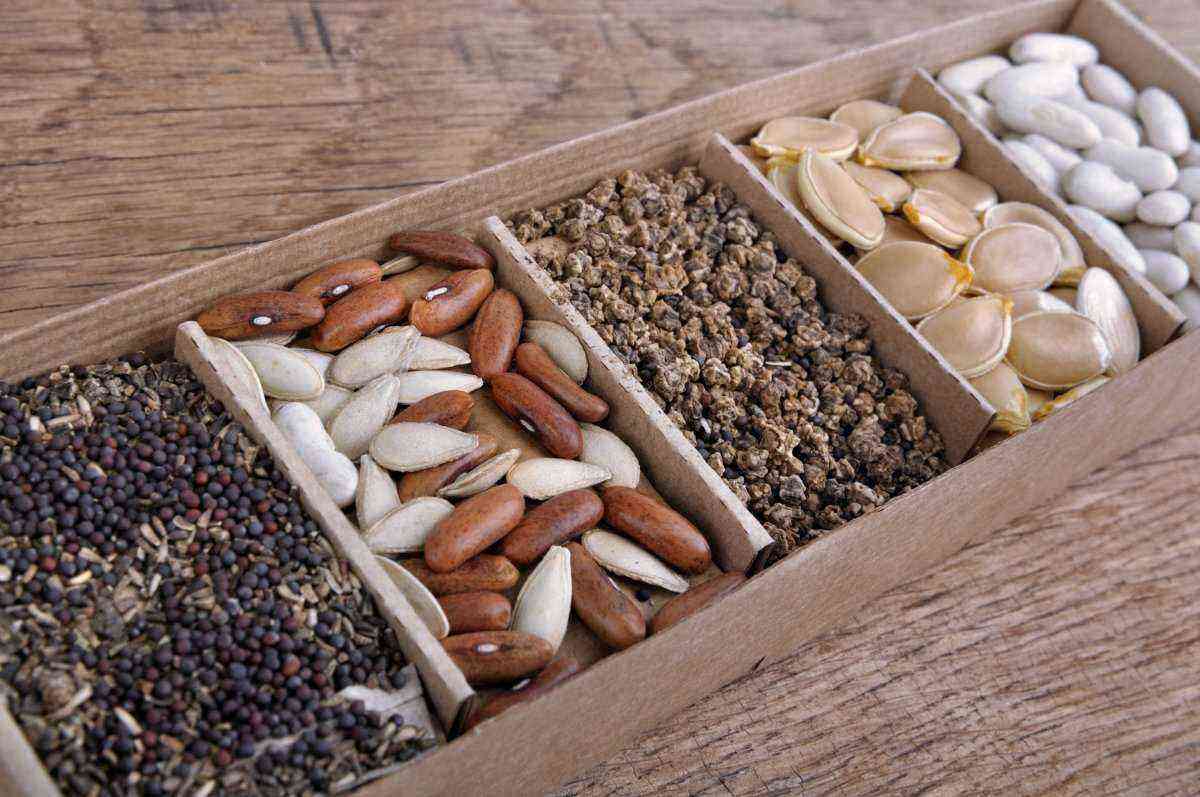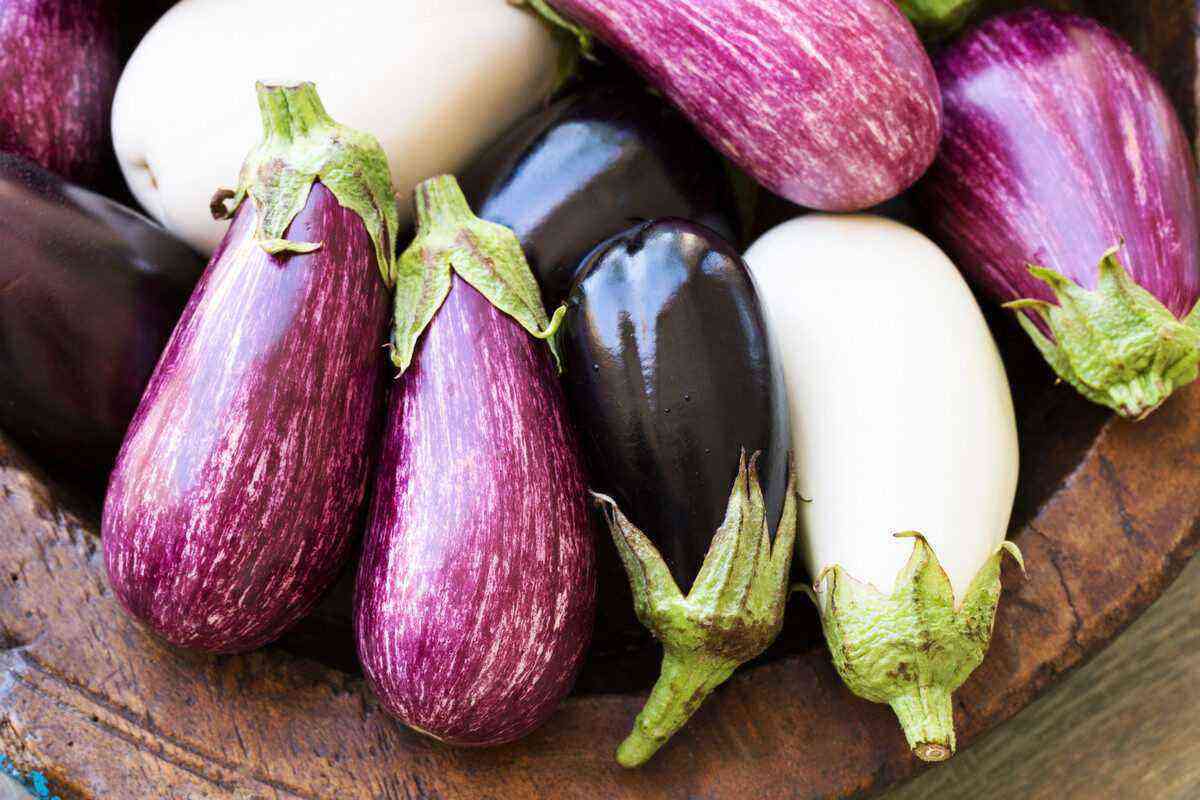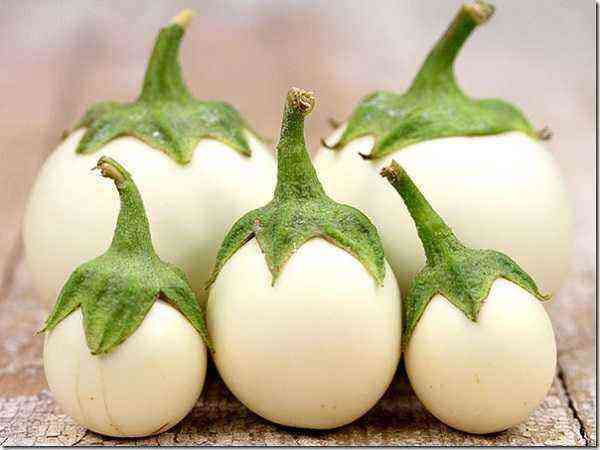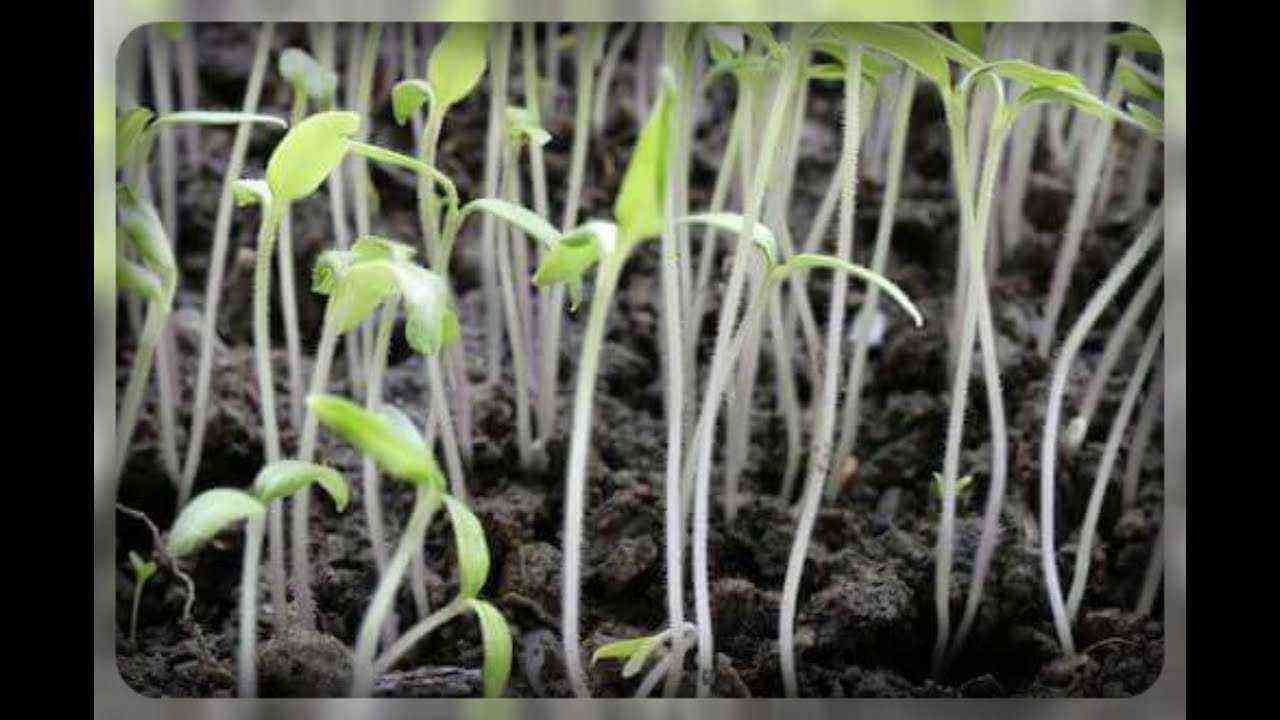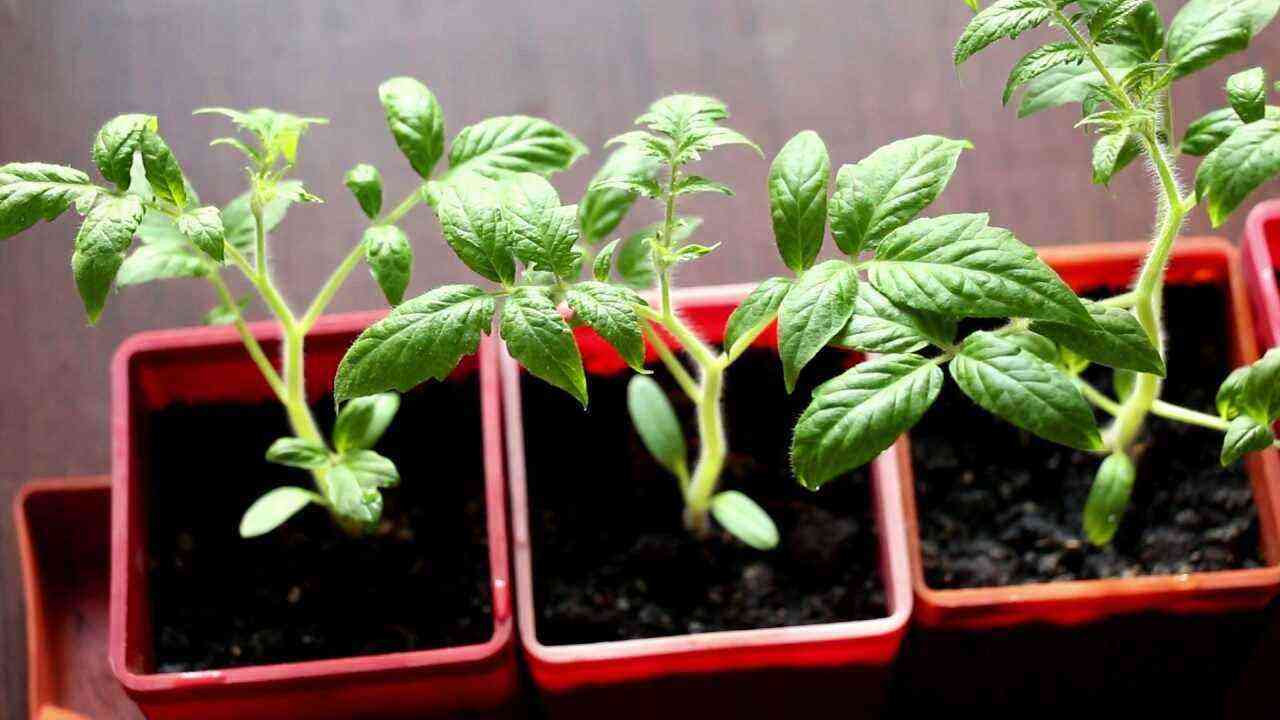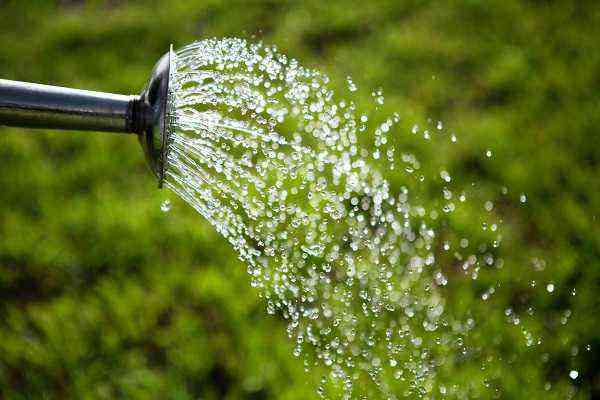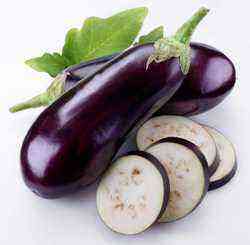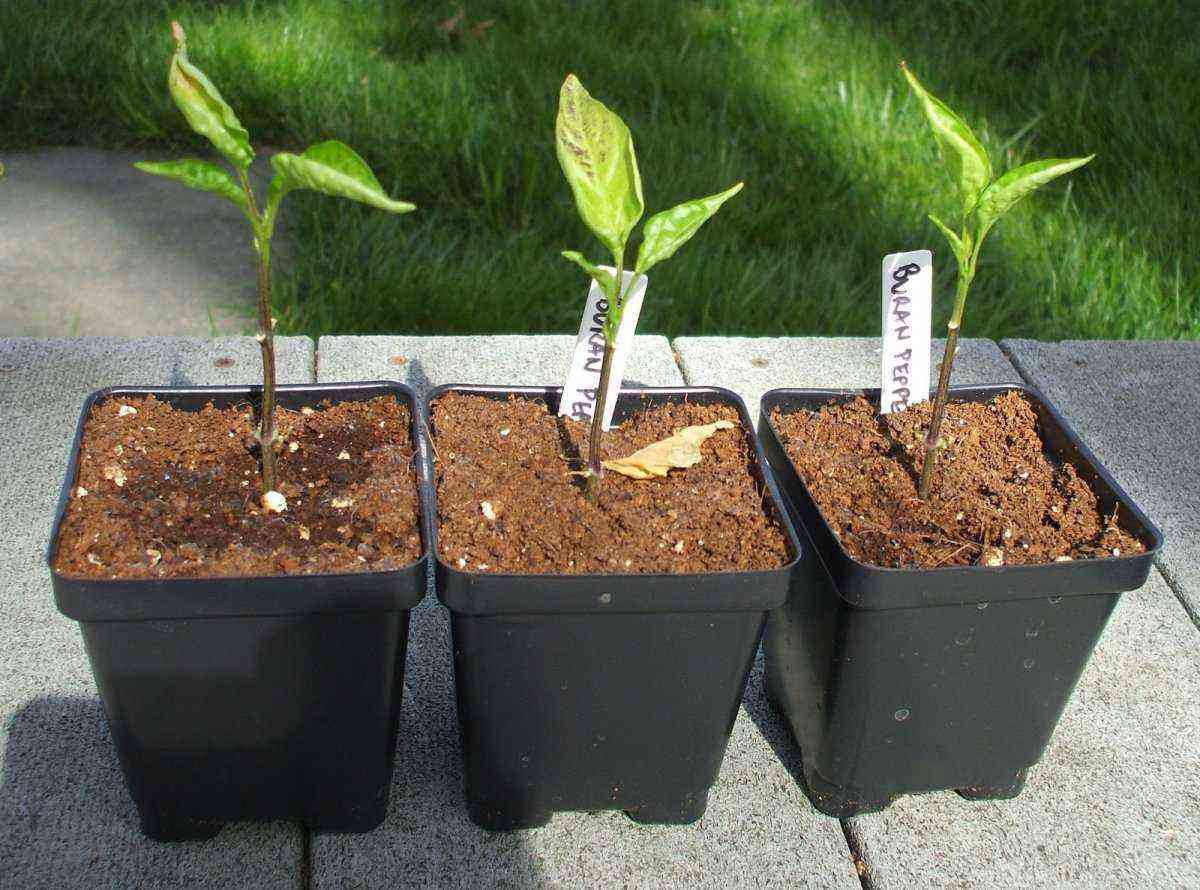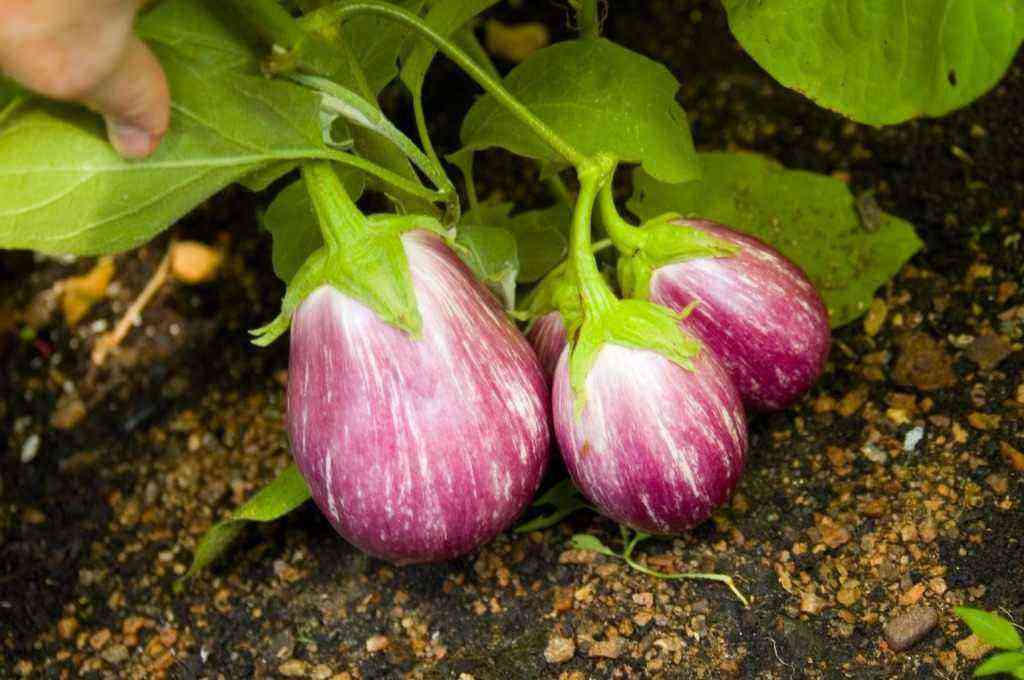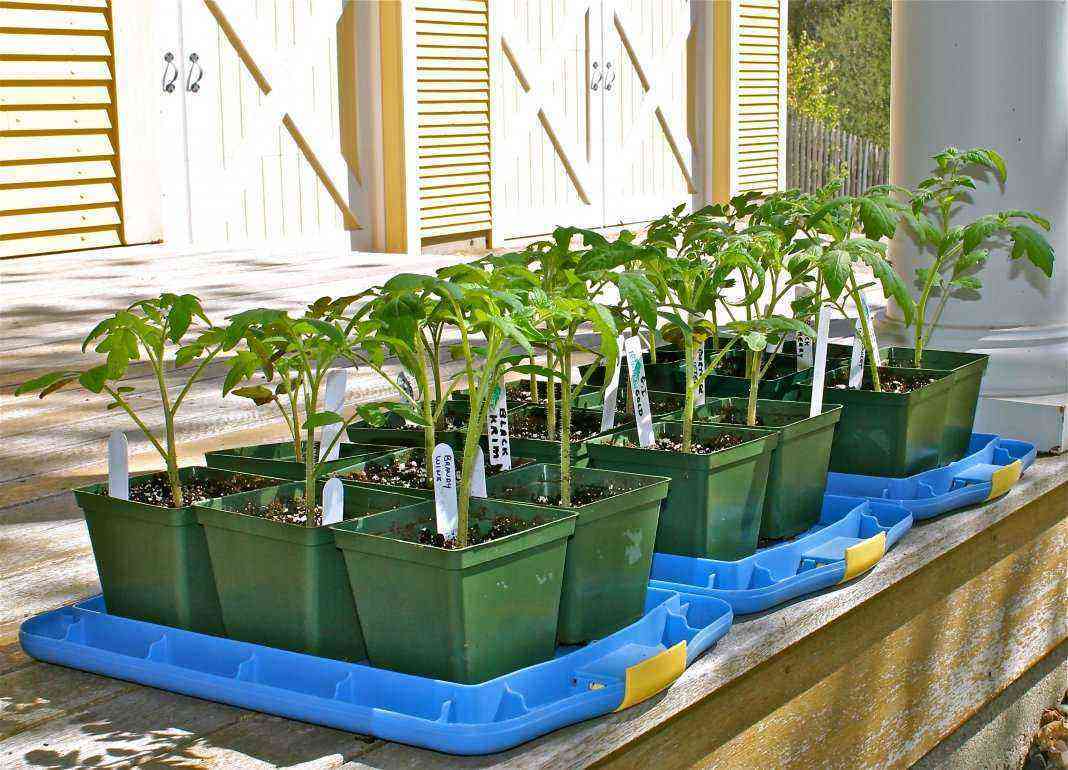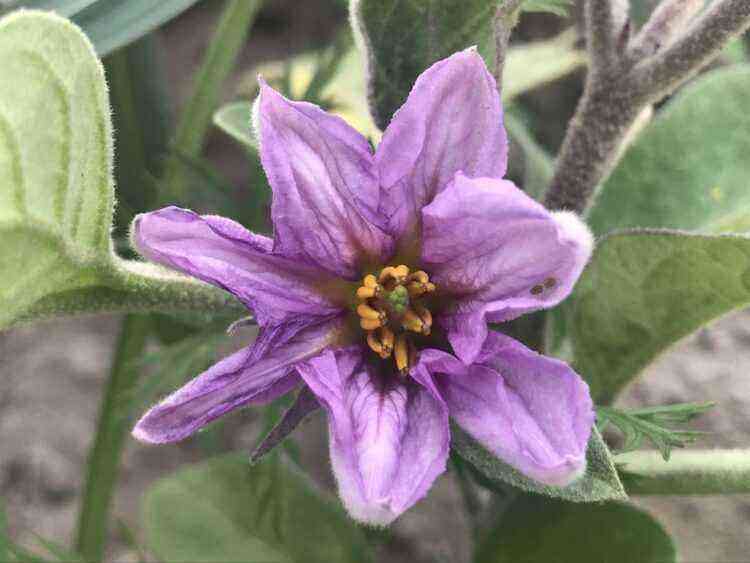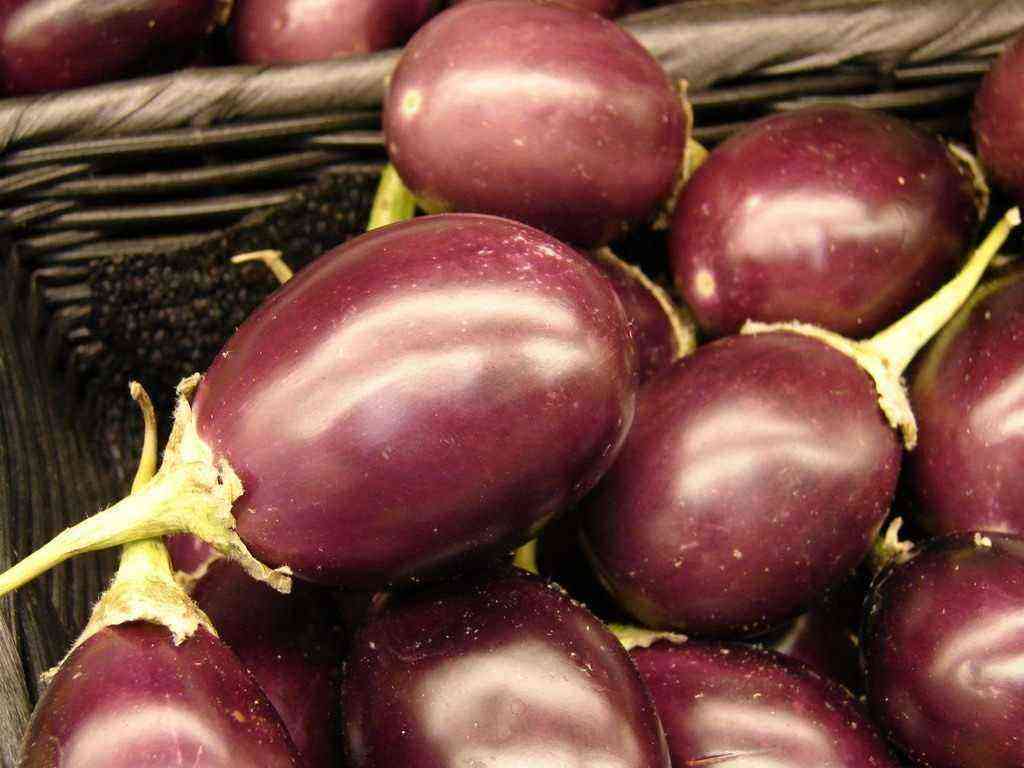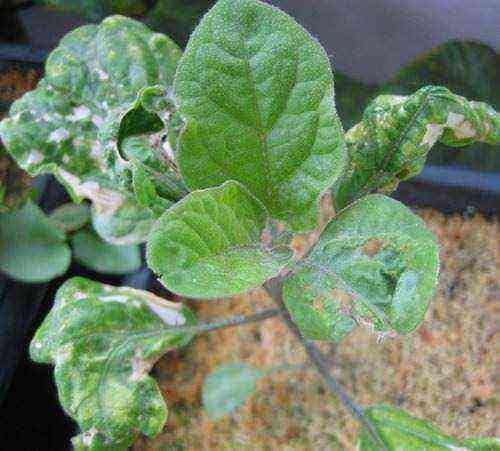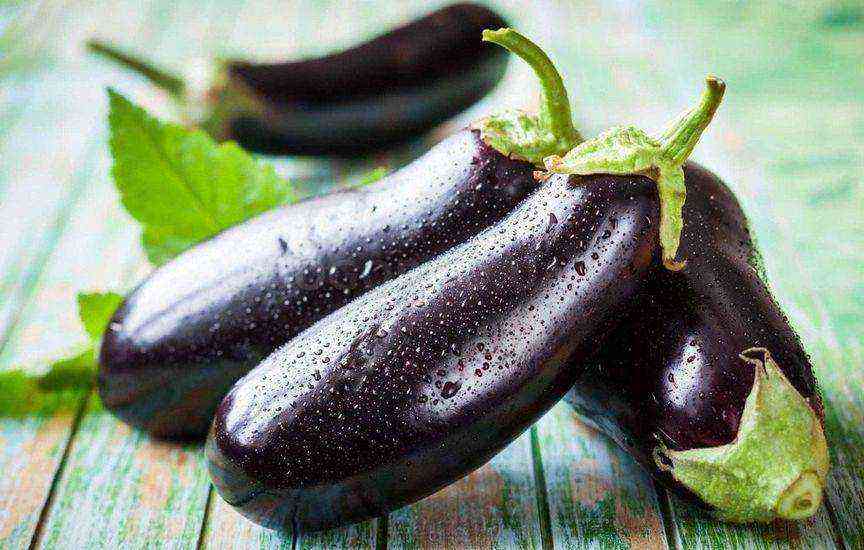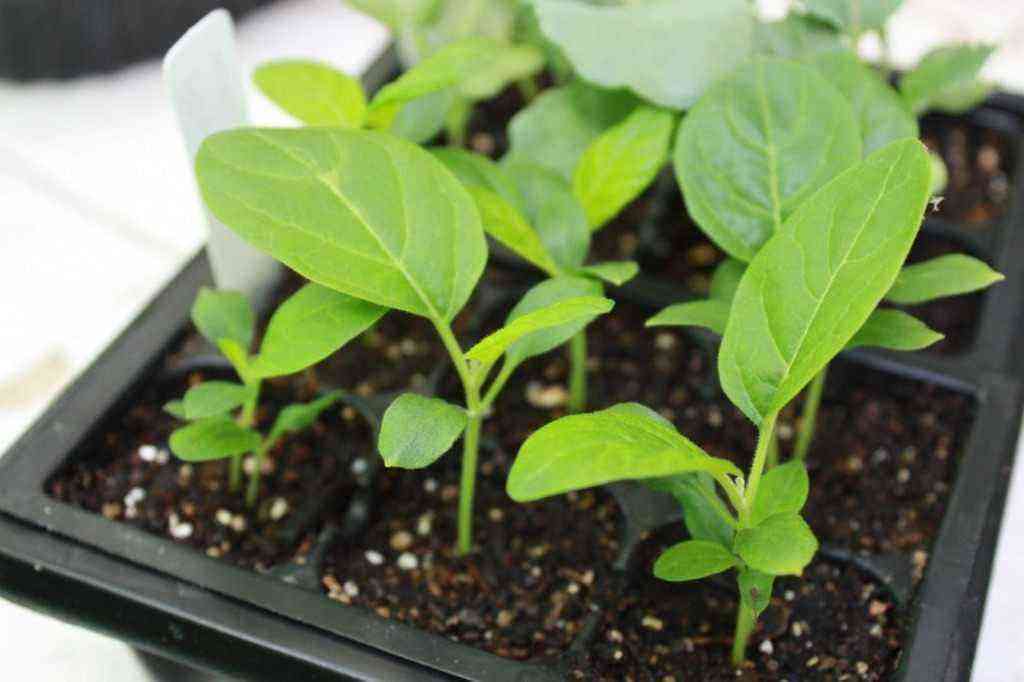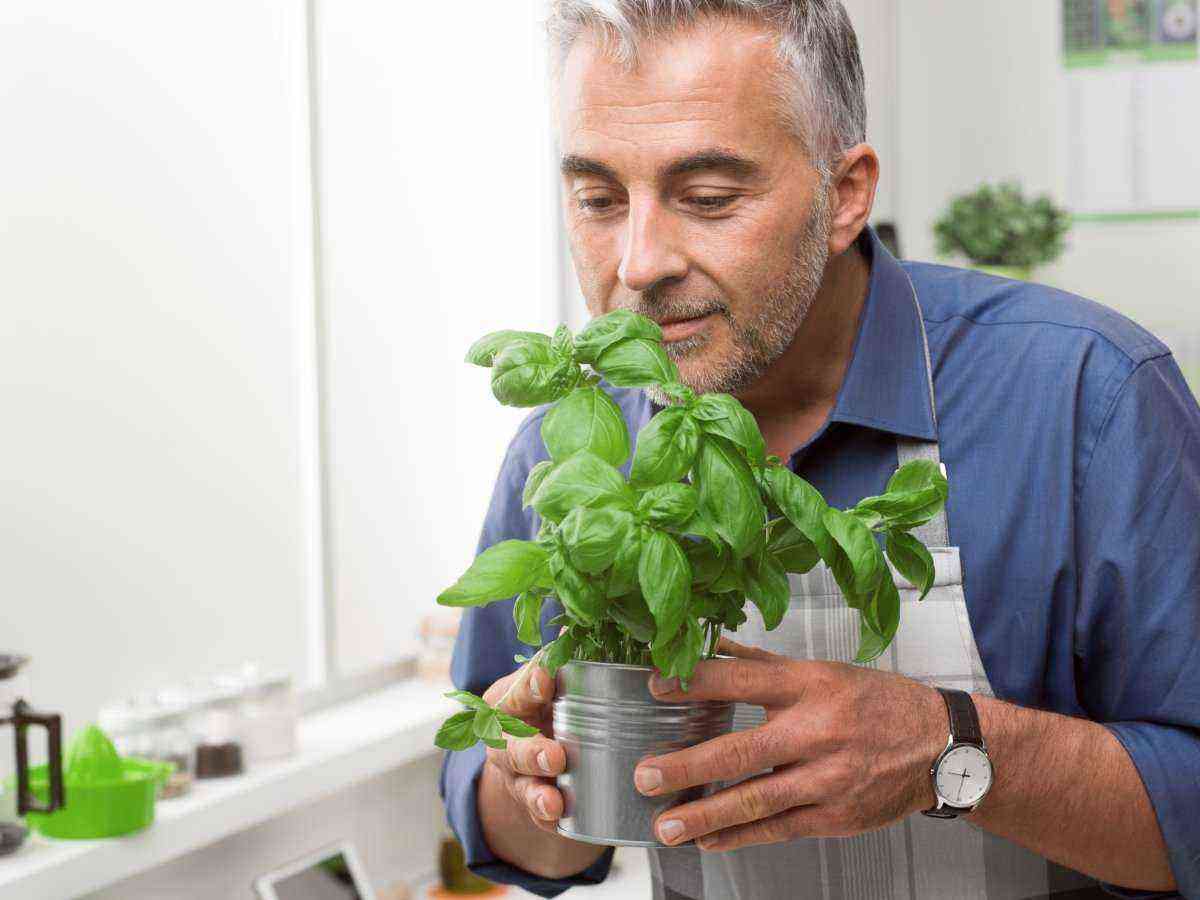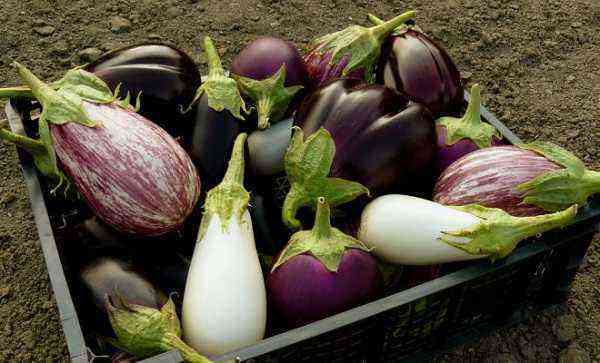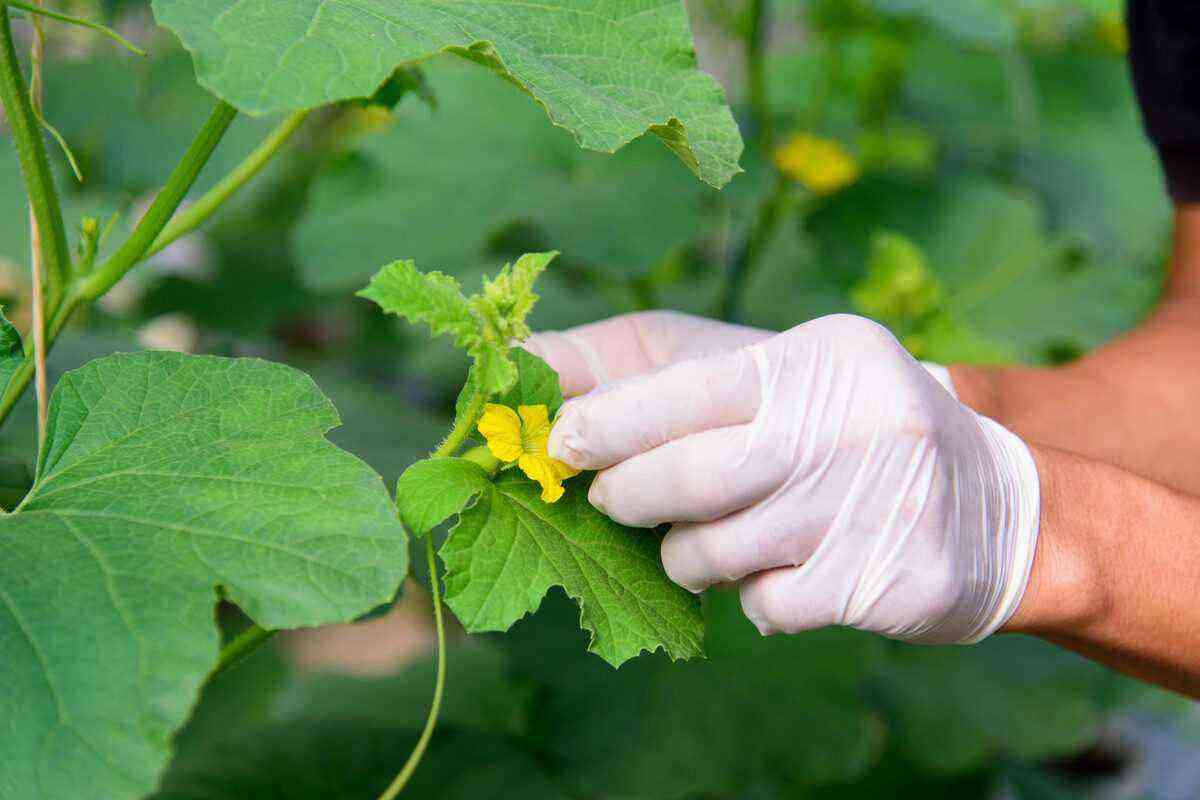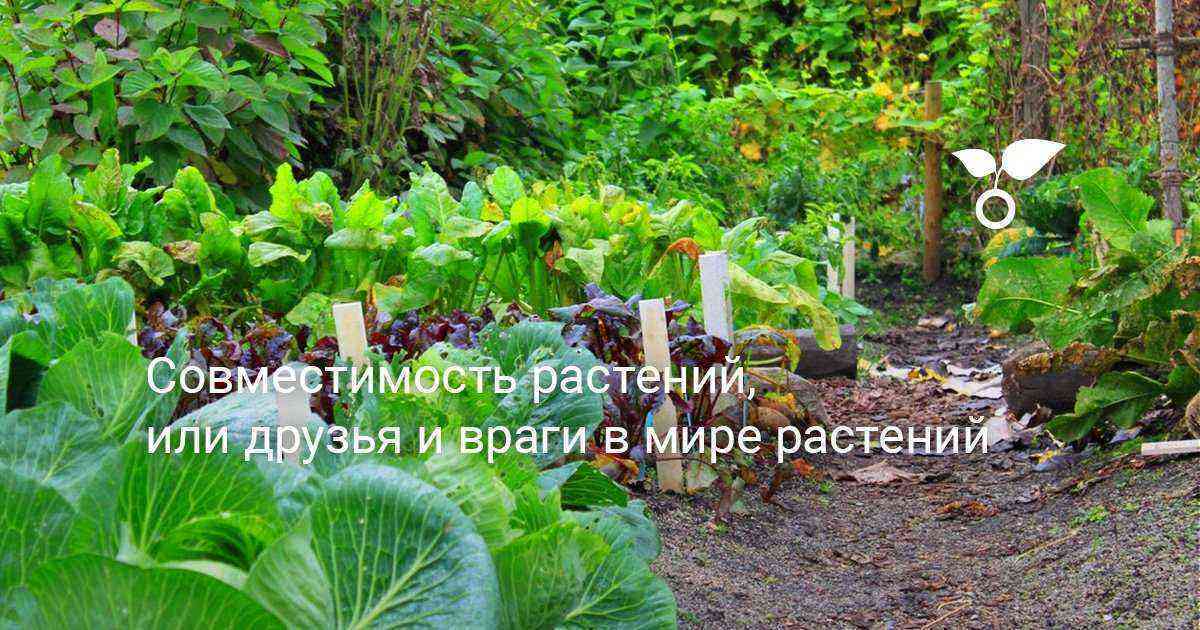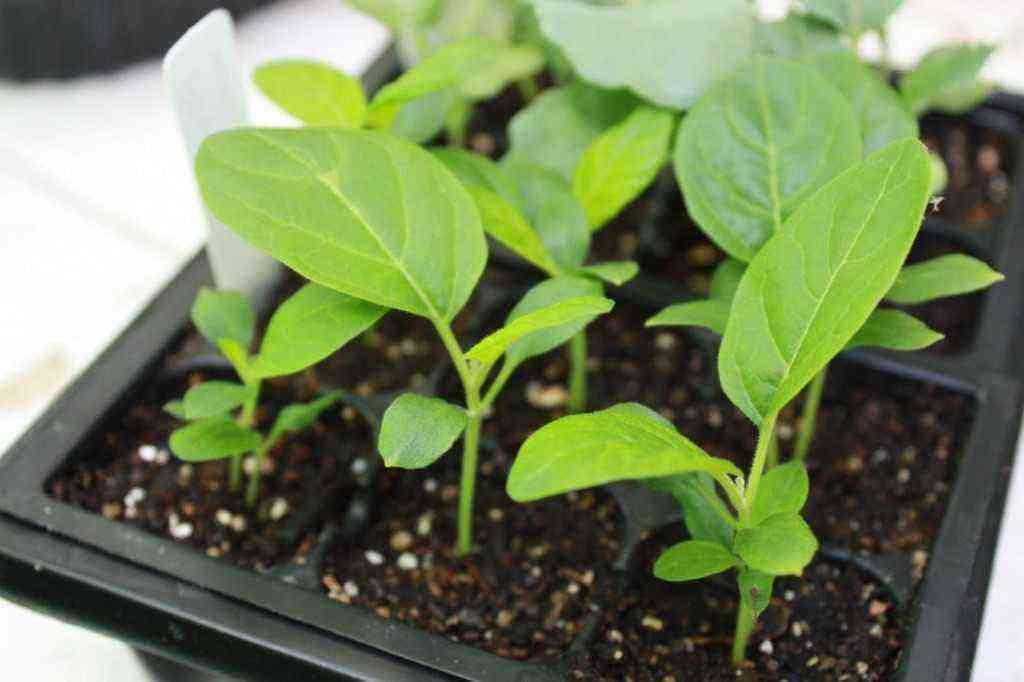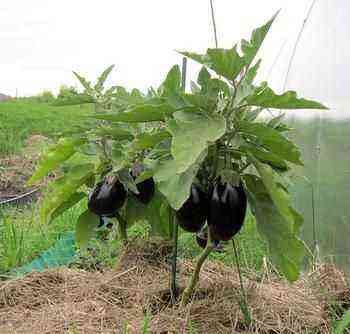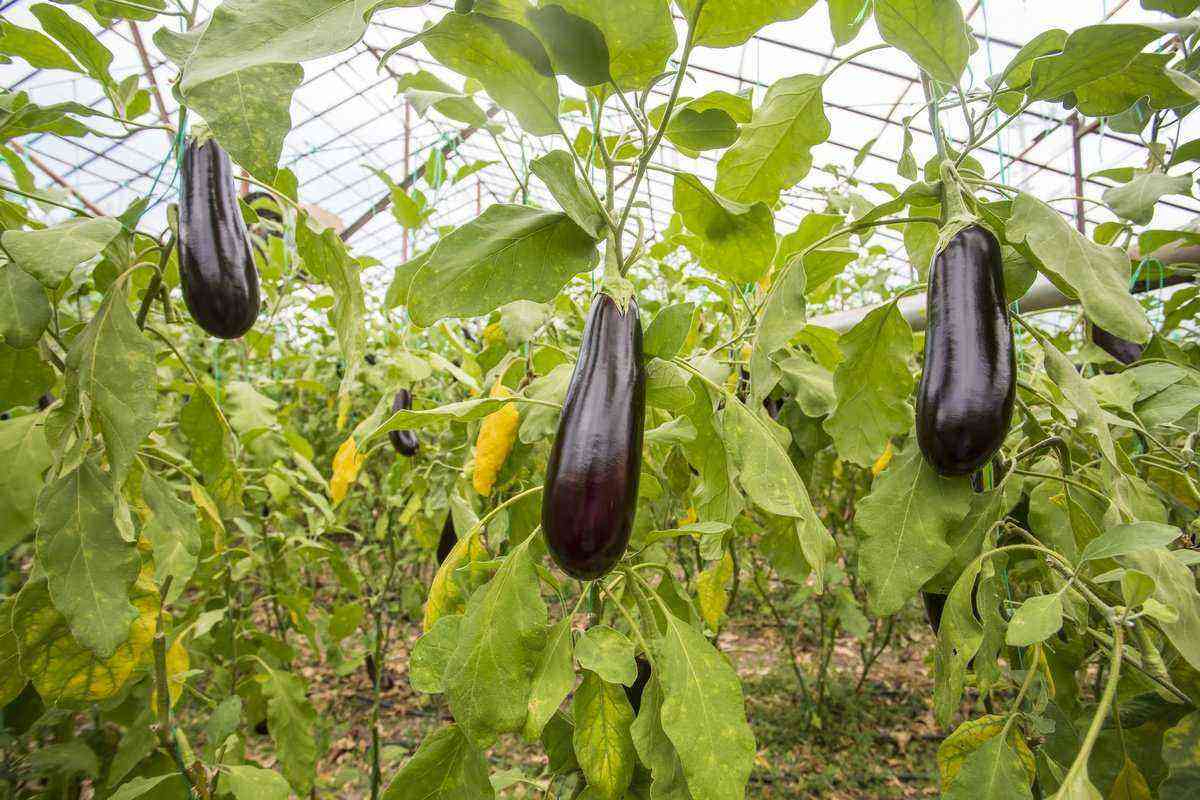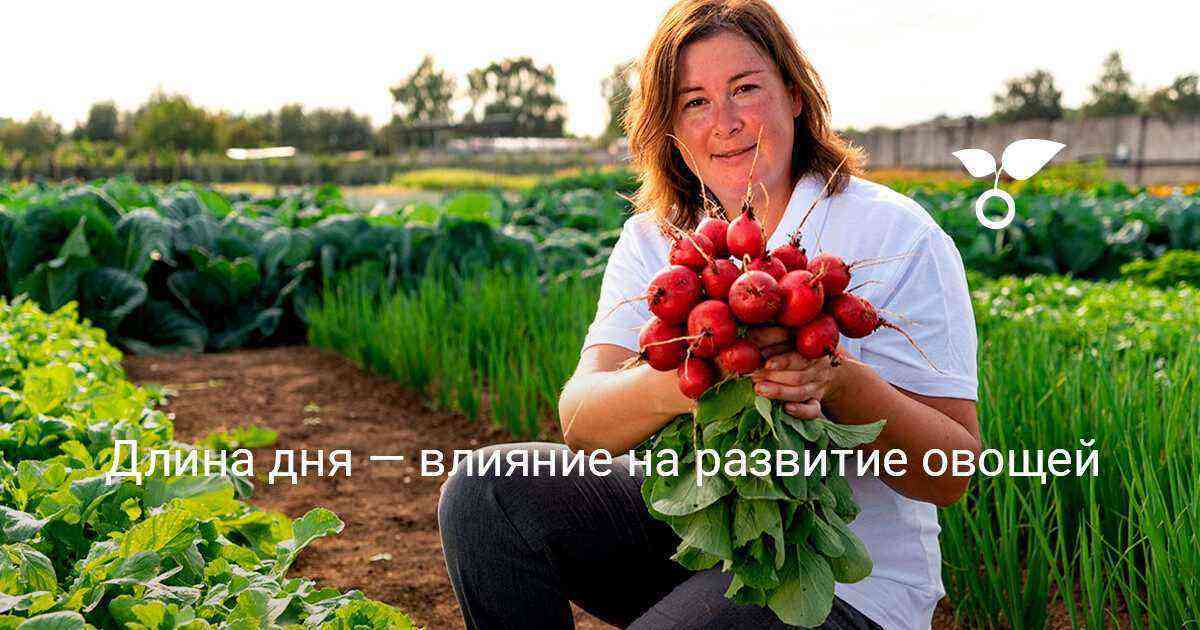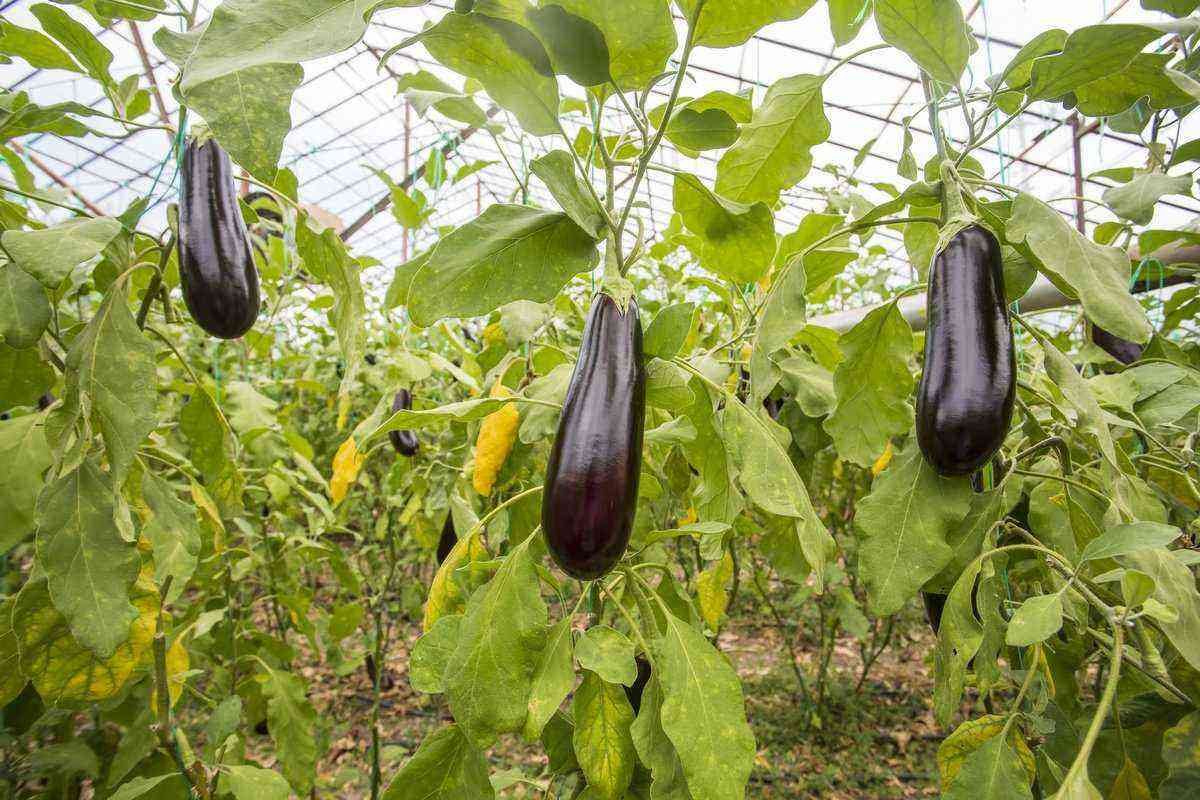Phytophthora, which has crossed the threshold of harmfulness, is a real scourge of gardeners. The disease is especially dangerous in the limited space of greenhouses and hotbeds. In 2-3 days, under optimal conditions for the spread of the disease, up to 70% of the tomato crop dies. Late blight is spread by zoospores that overwinter on the remains of leaves, stems of various plants, in the soil, on fixtures and other building and ancillary parts of greenhouses and near the greenhouse area. They remain viable for 3-5 years and are able to survive 20-30 degree frosts in the soil. Therefore, a thorough annual disinfection of the greenhouse is urgently needed, which will destroy phytophthora spores and prevent the appearance of the disease in the new season.
 Phytophthora in the greenhouse – methods of prevention and control. © Suzanne Arruda
Phytophthora in the greenhouse – methods of prevention and control. © Suzanne Arruda
Contents:
Preparing a greenhouse after late blight for the next season
In the fight against late blight, there is no separate pesticide that would be sprayed on the greenhouse – and the late blight is destroyed. The effectiveness of the fight is determined by the complex of autumn-spring work and constant diagnostics to detect the disease in grown plants, the timely implementation of protective measures.
The preparation of the greenhouse for the next season can be divided into 2 stages:
- external work on cleaning and disinfection of the territory and the frame of the greenhouse itself;
- internal work on the disinfection of the frame, premises and soil.
Preparing the greenhouse from the outside
After harvesting, the space around the greenhouse is freed from broken containers and tools. All working tools used during the season (shovels, secateurs, saws, knives, etc.) are repaired, disinfected and transferred to a specially designated dry room.
They collect and destroy fallen leaves around the greenhouse, dry weed residues and other debris in which late blight zoospores, other diseases and pests can overwinter.
The top cover of the greenhouse is thoroughly washed from dust. You can use soap and water, but it is better to use disinfectants. To disinfect the greenhouse from late blight, a solution of bleach or copper sulphate is used.
Attention! When working with disinfectants and other chemicals, be sure to apply personal hygiene measures.
If the greenhouse is covered with a coating that can be removed for the winter, after washing it is carefully removed, rolled up and stored in a dry, disinfected room. Inspect the frame of the greenhouse, carry out the necessary repairs.
If the greenhouse is covered with polycarbonate or glazed, then repair work is carried out to replace the glass or restore the damaged parts of the polycarbonate. The gaps in the transoms are sealed with sealant. Then the outer side of the greenhouse cover and the frame itself are thoroughly washed. During the winter, snow drifts are constantly removed from the greenhouse.
To reduce the contamination of the territorial space near the greenhouse, nightshade plants are never planted near the greenhouse, especially potatoes (the crop most affected by late blight).
Instructions for carrying out internal work in the greenhouse
In order to properly prepare and disinfect the interior of the greenhouse from phytophthora, it is more practical to perform all work in the following order:
Remove the entire portable open irrigation system (hoses, irrigation barrels, containers, tools, etc.). They wash, disinfect and transfer them to the utility room.
They clean the greenhouse room from shelves, boards, racks, pegs, twine residues. Sorted, necessarily disinfected, dried and stored indoors.
They clean the beds from the remains of plants – potential sources of phytophthora. Remove tops and roots, unharvested, diseased, unripe fruits and other plant debris. Healthy tops (such as cucumbers) can be placed in compost heaps. All vegetation and debris taken out of the greenhouse, especially if the crops were affected by late blight, must be burned.
Before disinfection, the greenhouse is “bathed”, ridding the room of dust and dirt. Wash the inner surface, including the frame, with soapy water or with the addition of copper sulfate. Metal galvanized structures are washed with a 9% vinegar solution.
After completing the general work, disinfectant solutions from phytophthora and the necessary equipment are prepared.
With a prepared solution of freshly slaked lime from the back wall of the greenhouse to the doors, they literally whiten all the wooden structures of the greenhouse with a thick suspension, not missing hard-to-reach places, cracks, ceilings, fixtures, supporting pillars, etc. The metal frame or individual metal parts in the greenhouse must be painted. If it is not possible to paint, then they are treated with Bordeaux liquid.
If in the fall they did not manage to disinfect the greenhouse from phytophthora, then in the spring 3-4 weeks before the start of seasonal work, the greenhouse is washed, the wooden floors and the rest of the frame are whitewashed with freshly slaked lime, the metal frames are treated with 9% vinegar. Keep the room closed for 2 to 5 days, ventilate and treat with biofungicides (see the section “Use of biological preparations” below).
Remember! When working with chemical solutions, be sure to follow the rules of personal sanitary protection: respirator, goggles, headgear, gloves, shoes, outerwear.
Methods for disinfecting a greenhouse from phytophthora
Greenhouse disinfection methods can be divided into:
- chemical;
- biological;
- temperature;
- complex.
Chemical processing
The most accessible disinfection of the premises with solutions:
- bleach;
- slaked lime;
- concentrated solution of copper sulfate;
- sulfur checkers;
- chemical fungicides.
to prepare bleach 0,5-1,0 kg of dry matter is dissolved in 10 liters of water. Infuse for 3-4 hours, filter and spray the entire interior, thoroughly coat all wooden structures (additional protection against decay). Hermetically closed for 2-3 days, then aired. After ventilation from bleach vapors, the wooden frame is treated with a 5-10% solution of copper sulphate, and the metal frame is painted (at least after 2-3 years).
Can be disinfected with a solution slaked lime. To prepare a solution of slaked lime, the following ingredients are used: 3-4 kg of freshly slaked lime is mixed with 0,5 kg of copper sulfate and 10 liters of water. With a thick suspension, a wooden frame, brickwork and all places where pathogenic microflora can harmlessly overwinter can be carefully whitewashed.
Copper sulfate copes well with phytophthora. A saturated solution is prepared from 100-150 g of vitriol per 10 liters of water, and all places of accumulation of pathogenic microflora are carefully whitewashed with this composition.
Of the various methods of disinfection, the most popular is fumigation with lump sulfur. The method takes much less time and labor costs. Smoke penetrates into all hard-to-reach places in the room, leaving late blight no chance of survival. Lumps of sulfur are laid out on iron trays of 100-150 g each. Trays with sulfur mixed with kerosene have one per 1,0-1,5 square meters. m of greenhouse area and set on fire, moving from the back wall to the exit from the room.
The room treated from phytophthora is hermetically closed and left for 4-5 days, then ventilated. It is necessary to work in a respirator, glasses and protective clothing. It is important to remember that sulfur dioxide, formed during the combustion of sulfur, is dangerous to human and animal health.
Sulfur fumigation can be carried out with ready-made checkers “Face”, “Climate”, “Volcano”. The method of use is detailed on the packaging.
Remember! If the frame of the greenhouse is metal and not painted, sulfur fumigation cannot be used due to the activation of corrosion processes.
The chemical market offers a range of versatile effective chemical fungicides, which quickly disinfect the room and soil in the greenhouse from phytophthora. They include compounds of sulfur, iron, mercury, copper, manganese and others, which pose a great danger to the life and health of humans and animals.
Therefore, it is better not to use them in private possessions or use them with great care, strictly following all the recommendations for working with such substances. The conditions for working with fungicides and other requirements are always written on the packaging or in the form of an application recommendation.
Chemical fungicides against phytophthora can be used in the form of fumigation or spraying, which are recommended in the morning or evening at room temperature within + 10 … + 25 ° С.
Of the chemical fungicides from phytophthora, it can be recommended for disinfecting the premises by spraying:
- Ecocid-S, 5% solution;
- “Virkon-S”, 2-3% solution;
- Virocid, 1% solution.
- “Oxyhom”, 2-3% solution;
- “Abiga-peak”, 3-5% solution.
The premises are sprayed with working solutions, left closed for 2-3 days, then aired and dried.
Chloropicrin is used for gassing their premises, spending 15-40 g of the substance per cubic meter. Processing is carried out at a temperature not lower than +12°C. The room is kept closed for 3-5 days, then aired.
Temperature processing
The use of chemicals from phytophthora can be replaced solar “roasting” of the room. If the autumn is hot and dry, the room is hermetically sealed. The temperature inside rises to +35°C. The room is kept hermetically sealed from several hours to 2–3 days. Zoospores at a temperature of +30°C reduce their activity, and at +35°C they begin to die. Naturally, the source of the disease does not die completely, but the room is cleared of pathogens by 70-80%.
In cold regions, it is actively used to combat late blight and other diseases. “freezing” of the greenhouse. It is effective for small greenhouses. In the winter cold, the greenhouse is left open for several days. It is not necessary to cover the soil with snow, since phytophthora zoospores will winter comfortably under its layer. After freezing, the soil in the greenhouse is covered with snow.
The use of biological preparations
At home, especially if the greenhouses are small, it is better to use biological preparations to disinfect the greenhouse from phytophthora. The preparations are developed on the basis of a positive microflora harmless to humans, which has the ability to suppress fungal diseases for several years. The only condition: biofungicides do not work at low temperatures. Treatment of the premises with solutions of biofungicides should be carried out at a temperature in the room not lower than + 12 … + 14 ° С.
Used to disinfect the premises biopreparation “Fitop-Flora-S”. 100 g of the substance is dissolved in 10 liters of dechlorinated water and the room is thoroughly sprayed. After 1,5-2,0 weeks, spraying is repeated.
Biofungicide “Fitosporin” belong to the universal disinfectants for the greenhouse. It is used for processing premises, soil and plants during the growing season. To spray the premises, a saturated working solution is prepared (50 ml per 10 liters of water) and the premises are carefully treated. After spraying, the greenhouse is kept closed for 4-5 days. Then further work is carried out.
In the same way, the greenhouse room is treated “Trichodermin”, “Baktofit” and other biological products.
Complex processing of the greenhouse
In recent years, greenhouses have been using a set of measures to combat phytophthora: “roasting”, “freezing” the premises, along with the treatment of plants in the season with biological preparations Fitosporin-M, Alirin-B, Krezatsin, Trichoplant, Baktofit ”, “Planzir”, etc. The same preparations are also effective in disinfecting premises and soil. Detailed dosages and conditions for the application of biofungicides are detailed on the packaging, in the insert or accompanying recommendations.
For home greenhouses, the most acceptable in terms of labor costs, cost and safety for health is the integrated use of temperature and biological methods of processing the premises, it provides effective protection against late blight and allows you to harvest organic vegetables.
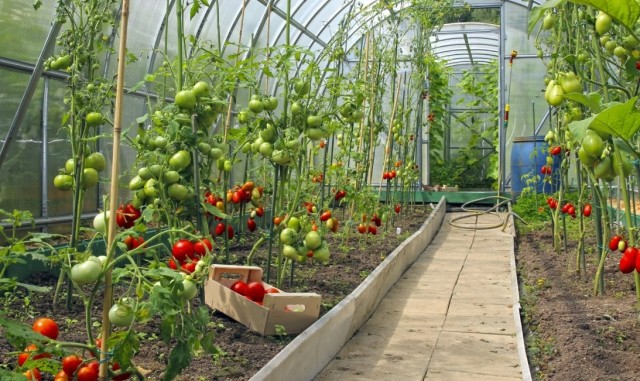 A set of preventive measures against phytophthora in a greenhouse is the best protection for plants in the next season. © Primarady
A set of preventive measures against phytophthora in a greenhouse is the best protection for plants in the next season. © Primarady
Disinfection of greenhouse soil from late blight
In a confined space, greenhouse soil quickly loses its agronomic structure, reduces fertility, increases acidity, and accumulates pathogenic flora and fauna. To increase the duration of use of the greenhouse, the greenhouse soil must be systematically healed. Soil improvement is carried out in several ways.
The most harmless to the environment, humans and animals is the complete or partial replacement of the soil in the greenhouse. The method is very simple, but laborious and more suitable for small greenhouses. Usually, once every 1-2 years (it can be done annually), the top 3-10 cm layer of soil is carefully removed and taken to a prepared place, where a “layer cake” is formed from the waste land, dry healthy tops, autumn leaves, compost.
Each layer with a height of 5-15 cm is spilled during the warm period with water or a solution of preparations “Baikal EM-1”, “Ekomik”, “Trichoplant”, “Azotofit”, etc. Composting using solutions of these biological preparations contributes to the destruction of negative microflora and faster processing plant material.
Constant shoveling speeds up the process and after 2 years the renewed soil can be used for garden crops. As a rule, the top layer is replenished with forest or field soil or soil, which has never been used for vegetable and other garden plants, and has not been treated with chemicals. The renewed top layer of soil is divided into beds and sown with winter siderates, which will enrich the soil with organic matter and at the same time destroy part of the painful microflora (see the article “What siderates to sow in the fall”).
There is another way to improve the top layer of soil in a greenhouse. Old soil in a layer of 15-20 cm can literally be sorted out or sifted through sieves with wide openings (0,3-0,5 cm). The soil will be cleared of excess roots, rotting residues, and some pests. The cleared soil is sown with green manure.
With a strong soil infection with phytophthora, a high cleaning effect is ensured by sowing white mustard for one season. First, the soil is treated with lime, and then white mustard is sown. The combination of these two methods almost completely clears the soil from the phytophthora pathogen (see the article “What green manure to sow in the spring”).
In summer cottages and personal garden plots, it is better to use biological method of soil disinfection. It is especially effective in combination with preliminary temperature tillage.
After processing the greenhouse room with bleach, slaked lime, copper sulfate, part of the solution enters the soil. Mix the top layer loosening. We leave the dried soil to the sun. The high temperature in the dried and sun-warmed soil (+30…+35°C) will destroy a significant part of the pathogenic microflora and improve the soil.
If since autumn they did not have time to carry out work on disinfecting the soil from phytophthora, then they are carried out 2-4 weeks before the start of seasonal work in the spring. The soil is poured with hot water, covered with a film for deeper steaming.
Both methods of hot soil disinfection destroy not only part of the pathogenic, but also beneficial microflora. After such disinfection, the soil needs to be reanimated. To restore beneficial microflora, if necessary, moisten the soil, bring it to a temperature of + 12 … + 14 ° С and treat it with a solution of “Baikal EM-1”, “Ekomik”, “Shine” or scatter “Emochka-Bokashi”, covering it with a rake and covering with cover material .
In a warm, humid environment, effective microorganisms (EM) begin to multiply intensively, using pathogenic microflora as food. To maintain a healthy soil level during seasonal work, about 1 time in 2-4 weeks with irrigation, the same biofungicides are introduced into the soil as for plant treatment – Gamair, Alirin-B, Trichoplant, Gaupsin, “Fitosporin-M”, etc. How to prepare solutions of biofungicides for tillage is indicated in the accompanying recommendations or on the packaging of the drug.
At home, even hurry-ups who like to do everything quickly are not recommended to disinfect greenhouse soil with chemicals.
Of chemical methods of tillage from phytophthora in private greenhouses, it is permissible to treat the soil with a hot solution of potassium permanganate (dark pink color) or a solution of copper sulfate, prepared at the rate of 25-30 g of the drug per 10 liters of water. 2-3 days after the soil is processed, digging is carried out on an incomplete bayonet of a shovel and green manure is sown. It is not recommended to use these methods of soil disinfection often and in high concentrations. Manganese and copper, which are part of the salts, accumulate in the soil and inhibit plants.
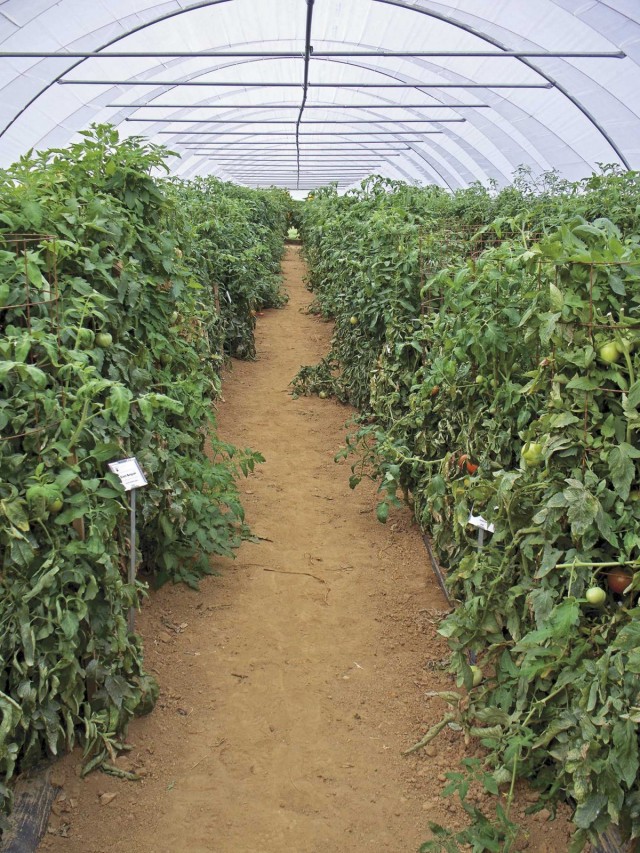 A greenhouse in which plants suffered from late blight needs special treatment after harvest, both inside and out. ©Country Folk Grower
A greenhouse in which plants suffered from late blight needs special treatment after harvest, both inside and out. ©Country Folk Grower
Ways to re-infect a greenhouse with phytophthora
Despite the disinfection of the greenhouse, phytophthora may appear in the new season on tomatoes and other nightshades. Ways of re-infection:
- low-quality and not disinfected seed material;
- diseased seedlings;
- drift of phytophthora zoospores by wind from open areas, neighboring gardens through open transoms during ventilation;
- the infection can enter the soil with a drop during high humidity in the greenhouse, especially if the latter has not been well decontaminated;
- non-disinfected tools and auxiliary devices (hoses, containers, shovels, etc.) can become a source of infection.
How to find out that phytophthora appeared in the greenhouse?
Phytophthora infection is most pronounced on tomatoes, the most common crop grown in protected ground conditions.
The lower part of the leaves, located close to the soil, is covered with separate whitish spots of spider web. They merge, acquire a brownish tint. The leaves curl up, dry out, fall off. Sometimes the disease begins with damage to the edges of the upper leaf blade with brownish spots.
After 2-3 days, the stems and petioles become covered with brown spots. This feature indicates the entry of phytophthora into the most active phase of reproduction. During this period, there is a lightning-fast defeat of the entire tops, inflorescences and fruits.
The fruits are first covered with dark spots located under the skin of the fruit. Their color under the skin is brownish-red. The spots quickly soften, and rotting of the tomatoes begins, caused by accompanying rots.
It is possible to save the crop from phytophthora only by urgent harvesting and laying for ripening. How to properly lay fruits for ripening is described in the article “How to properly ripen and store tomatoes.”
Remember! You can not eat tomatoes, even slightly damaged by phytophthora (that is, in the stage of dark spots).
If you do not take timely measures to protect plants, then the epiphytotic reproduction of phytophthora will destroy the crop in a matter of days.
Conditions for the reproduction of zoospores phytophthora in a greenhouse
Favorable conditions for the start of activation and reproduction of phytophthora zoospores in a greenhouse and other enclosed spaces are:
- increased unregulated humidity;
- drops from the greenhouse cover;
- differences between night and day temperatures.
If the air humidity in the greenhouse is above 75%, and the air temperature is +12 … + 15 ° С, then zoospores begin to multiply actively. Together with a drop, they fall into the soil. The incubation period lasts 7-12 days and there is an outbreak of the disease. Phytophthora cannot be destroyed forever. She keeps coming back.
Therefore, in order to obtain a full-fledged healthy crop, along with the systematic disinfection of the greenhouse, it is necessary to carry out protective measures during the vegetable growing season to preserve tomato fruits from late blight.
Read more about protecting tomatoes from phytophthora in the articles “Tomato late blight. Prevention and control measures”, “Why do tomatoes rot on a branch”.
